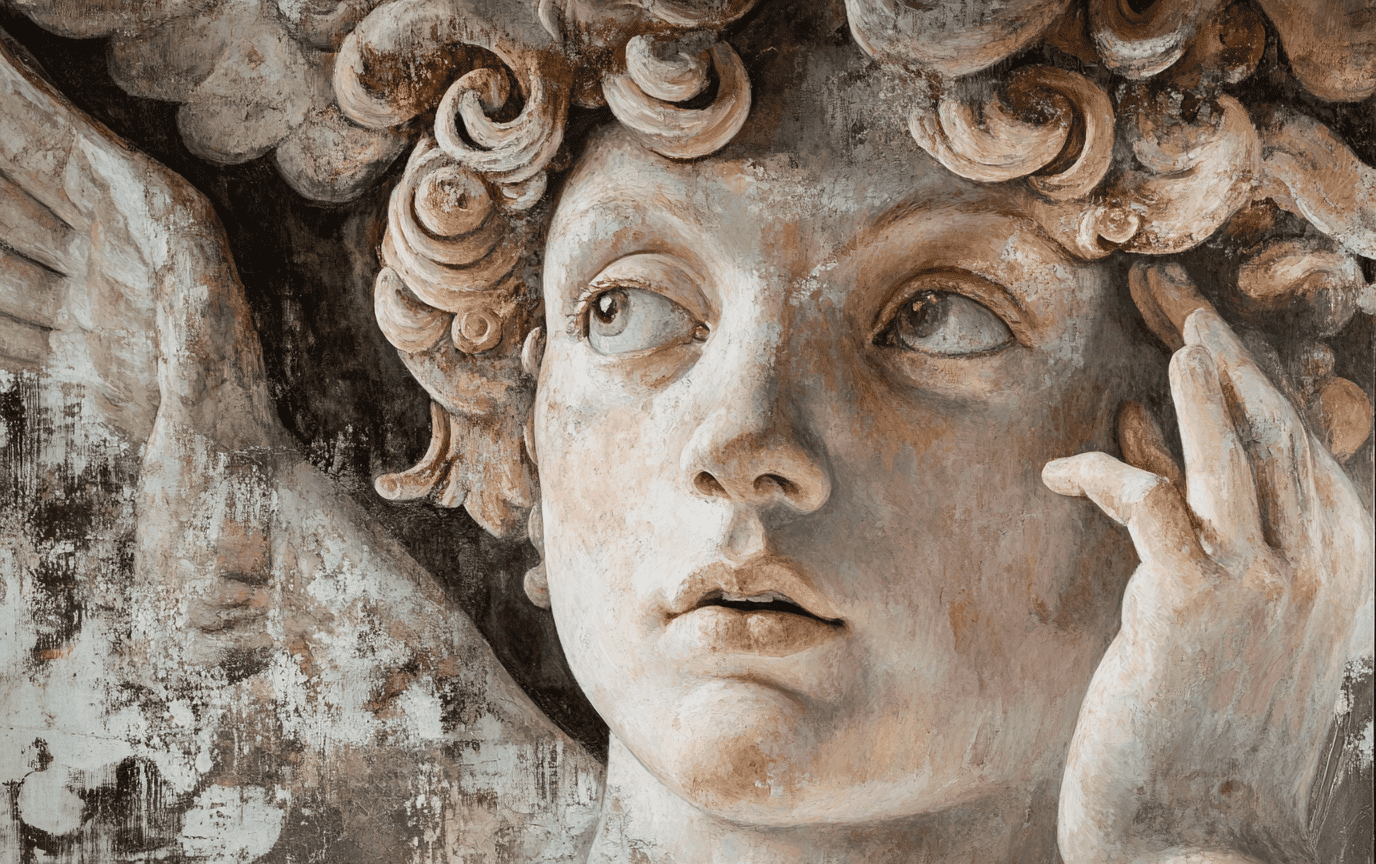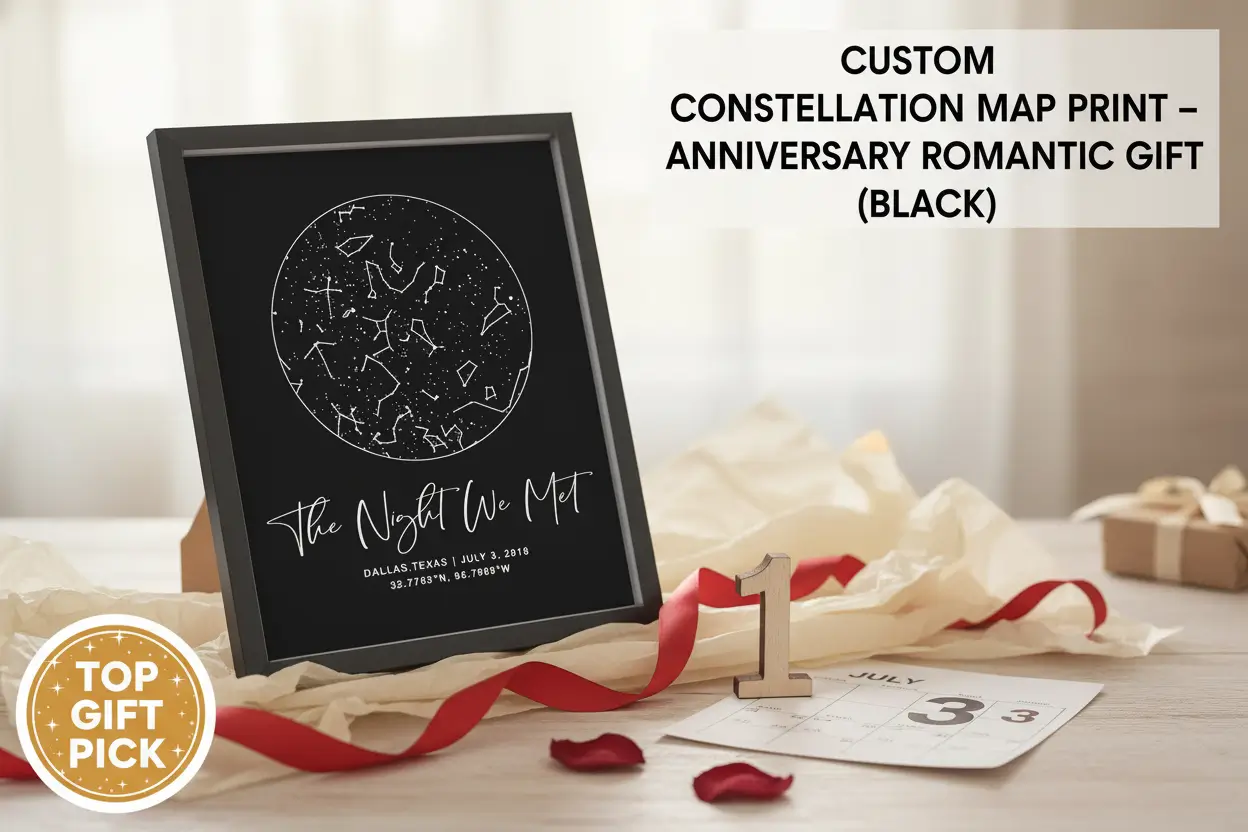The Italian Renaissance: A Transformative Era in Art History
The Italian Renaissance was more than an era; it was a profound awakening. Imagine wandering the cobbled streets of Florence, the sun casting a golden hue over magnificent buildings that seem almost alive. Here, in this magical crucible of ideas and creativity, the human spirit soared, challenging ancient constraints and placing art at the pinnacle of human achievement. This is the Renaissance—a time when artists such as Michelangelo and Leonardo da Vinci were not merely painters or sculptors; they were revolutionaries, crafting a new lens through which to view humanity and its place in the cosmos.
The term “Renaissance,” meaning “rebirth,” embodies the essence of this era, a revival of classical antiquity that had been dimmed following the collapse of the Roman Empire. A blend of art, philosophy, and science flourished, echoing the grandeur of Greece and Rome while simultaneously pushing boundaries. For travelers intrigued by the convergence of history and art, the cities of Florence, Rome, and Venice are eloquent testaments to the stature of the Italian Renaissance in shaping modern thought and aesthetics.
The Rebirth of Classical Ideals
As the sun warmed the heart of Italy, a new ray of enlightenment pierced through the darkness of medieval times. The Renaissance scholars and artists sought inspiration from ancient texts, sculptures, and philosophical treatises, breathing new life into their forms. This rebirth brought back a profound appreciation for human potential, culminating in an artistic movement thriving on realism and humanism—a striking divergence from the more abstract, religiously-influenced artwork of the preceding centuries.
Naturalism defined this artistic expression. Artists strived for accuracy, depicting the world as it was—real, vibrant, and palpable. Look closely at Michelangelo’s David: the taut muscles, the intense gaze, every detail is a celebration of human anatomy and emotion. Leonardo da Vinci’s Vitruvian Man is not merely a study of physical proportions; it embodies the harmony between humanity and the universe.
Key Elements of Italian Renaissance Art
The revival of classical ideals was underpinned by several key elements that defined the Italian Renaissance art movement. Tracing their origins back to antiquity, these elements built a bridge to modernity while reshaping artistic expression.
Naturalism
This approach sought to render the human condition in its most authentic form. Artists abandoned the flat, stylized imagery of the past, instead embracing a naturalistic representation that breathed life into their subjects. The bodies became three-dimensional, shadows danced across forms—each brushstroke infused with emotion and purpose.
Humanism
Yet, this era was about more than lifelike figures. The burgeoning philosophical movement of humanism placed humanity at the center of the universe. Artists began to explore not only religious themes but also the lives of ordinary people. The Cycle of Famous Men and Women by Andrea del Castagno opened doors to various characters—real people with dreams and aspirations, much like the viewers themselves, a daring step toward portraying the diversity of the human experience.
Perspective Drawing
Another revolutionary advancement was linear perspective, a mathematical system that created the illusion of depth on flat surfaces. Pioneered by Brunelleschi and exemplified in Masaccio’s Holy Trinity, this technique fundamentally changed how artists approached composition. It invited viewers into a world that felt not only real but also accessible.
Artistic Innovations and Techniques
The canvas became a playground of innovation. The introduction of new media, specifically oil painting, allowed for richer colors, intricate textures, and the layering of paint. It transformed the creative process; artists luxuriated in an almost palpable freedom of expression. As Titian’s vibrant landscapes and Bellini’s atmospheric portraits demonstrate, artists began to flirt with emotions and sensations—painting not just what they saw, but what they felt.
Sfumato, a technique perfected by Leonardo da Vinci, introduced soft transitions between colors and tones, creating mysterious and ethereal images like the haunting smile of the Mona Lisa. Similarly, the technique of chiaroscuro brought dramatic contrasts of light and shadow, enhancing the emotional intensity of figures—echoes of Caravaggio’s fervent style still linger today.
Major Artists and Their Contributions
The artists of the Italian Renaissance were not merely creators; they were visionaries who expanded the boundaries of art and thought.
Early Renaissance
- Masaccio: His Brancacci Chapel frescoes, with their daring use of perspective, became a benchmark for future generations.
- Andrea del Castagno: His portraits not only depicted historical figures but also reflected the myriad complexity of human nature.
High Renaissance
- Leonardo da Vinci: A polymath whose mastery transcended painting. His ability to merge art and texture, science and imagination is legendary, as immortalized in The Last Supper.
- Michelangelo Buonarroti: The very definition of a Renaissance man, his works like the Pietà and the Sistine Chapel ceiling showed unparalleled anatomical precision and emotional depth.
- Raffaello Sanzio (Raphael): His School of Athens depicts an idyllic gathering of the greatest minds—plato and Aristotle—the perfect embodiment of Renaissance ideals.
Venetian Renaissance
- Giovanni Bellini: His mastery of oil paint captivated viewers, creating landscapes that felt imbued with light.
- Titian: Crowd-pleaser of the era, his vibrant brushwork spoke through color, enticing the senses.
- Tintoretto: His dynamic compositions, dramatic lighting, and bold strokes blazed a new path in Venetian painting.
Patronage and Society
Yet, greatness is often nurtured in the cradle of patronage. Wealthy families like the Medici provided resources, enriching Florence’s artistic landscape. Artists thrived under their auspices, giving rise to magnificent creations that expressed more than just the divine—they articulated human desires, struggles, and triumphs.
Architectural Contributions
Just as painting flourished, so too did architecture. The classicism in structures echoed the artistic ideals of the time. Brunelleschi, with his innovative dome for Florence Cathedral, channeled the essence of Renaissance ideals through symmetry and proportions, infusing sacred spaces with light and air.
The stunning edifice of St. Peter’s Basilica, a testament to both architectural prowess and human aspiration, radiated the spirit of the Renaissance—a reminder of humanity’s grand ambitions.
Conclusion
The Italian Renaissance is not just a chapter in art history; it’s a living, breathing testament to humanity’s quest for knowledge, beauty, and expression. It reminds us that within the confines of our earthly existence, there lies an infinite potential for greatness—an idea that resonates through centuries, inviting every traveler to ponder and reflect on their own creations.
As we journey through life, let us honor the legacy of those great artists whose revolutionary visions shaped not only a movement but the very fabric of Western culture. May their quest for understanding and expression inspire us all to embrace creativity in its myriad forms.
Envision stepping into Italy’s past, where art and culture transformed the world, a historical journey you can enrich by exploring Cultural Immersion Europe for a deeper dive, saving on your trip with Wise Card Travel Savings to manage currency like a pro, and capturing the beauty with Uncover the Most Instagrammable Destinations of 2025.
Want to stay updated on the latest travel tips? Check out our Travel Tips section: For lifestyle inspiration, explore our Lifestyle category, and discover amazing destinations here. Don’t forget to enhance your travel life by diving into our community on YouTube, following our adventures on Instagram, and discovering creative ideas on Pinterest. Your journey now has more support than ever before. Safe travels!













